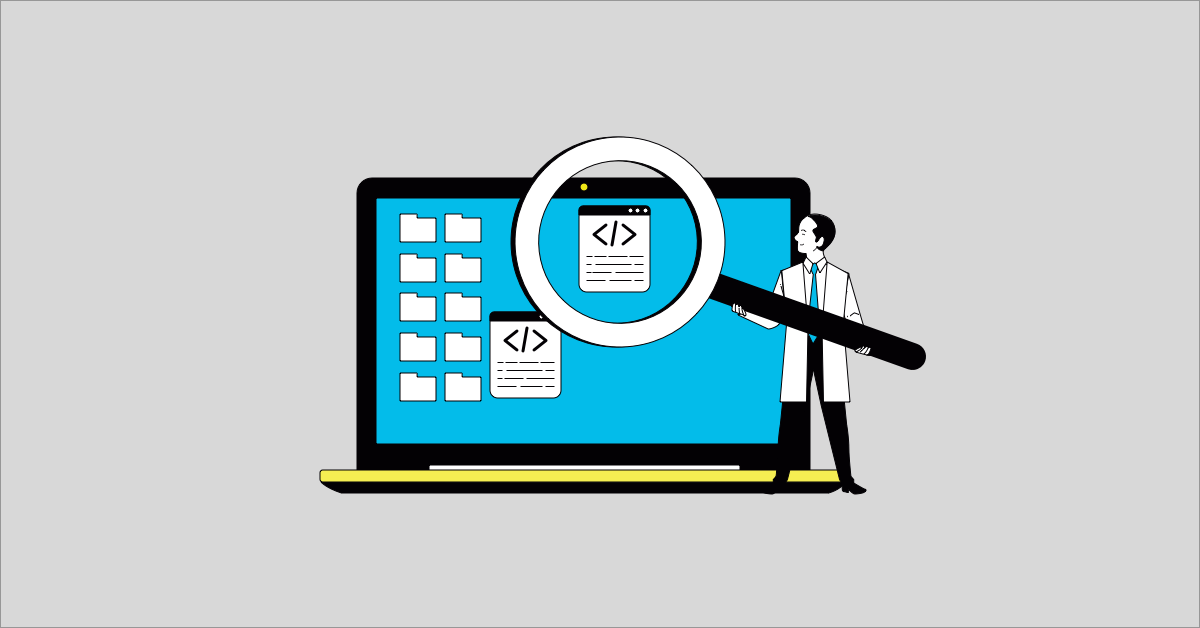Microservices testing can be a little more challenging in some ways when compared to a monolith. It has more steps, it requires deeper collaboration amongst your team, and it can necessitate a diversity of knowledge that might not be immediately available.
To handle these challenges efficiently, it’s important to know specifics such as which tests to run and in which order, as well as how much time to spend on each. Fortunately, microservices testing follows the established testing pyramid principle, so it’s not difficult to understand, and there’s plenty of help available.
However, this approach has unique challenges, and to understand why it’s worth looking at the difference between a microservice program and the more familiar monolith architecture.
What Are Microservices?
Traditional app development meant starting a new code project and adding functionality simply by making it larger. Adjusting or adding functionality to the application simply means adjusting or adding to the code in the project. Over time, as functionality increases, so does the code. Up to some inefficient proportions, especially when it comes to testing.
This is how a small code base quickly evolves into a much larger and more complex project. To combat this, modules were developed to break down large codebases into smaller, more manageable, and independent code components that each cover a small amount of functionality. This has the added benefit of taking modules from one application to use in another.
Modular programs are an organized form of development that are ultimately combined into monolithic architecture at the end-users machine into a singular deployed application. This works well for applications that need to be installed on a machine, but with the development of web apps, there has arisen a change in where and how apps are deployed and modified.
Advancements in cloud computing and web apps have allowed applications to be installed on a single server and accessed by multiple users. From here, these apps have been growing in complexity, and the monolithic architecture of the end product has begun to create issues.
With regular updates and added features, these applications now need to handle complexity on the execution side. As such, testing a small piece of code in monolithic codebases involves testing an enormous amount of the application. Further, the entire app needs to scale as traffic increases to one part of the application.
The solution to this lies in using microservices. Splitting the application into multiple mini-applications allows them to be deployed over multiple servers. This also allows for individual microservices testing and scaling as needed. But how exactly do you test microservices?
Microservices Testing
So, microservices are individual applications that all communicate with one another via REST API. This flexibility and number of individual components improve turnaround time in changes to the code and adding new features, but this strength needs to be supported by robust microservices testing.
Microservice testing has to also support multiple devices, so there’s an added level of complexity there. Still, perhaps more importantly, while each microservice is itself a single stack, they are all interconnected in terms of communications, and this is another area in which texting needs to match the complexity.
Further, some of these stacks may come with a database of some kind, so microservices testing needs to be able to deal with these data too.
Ideally, microservices testing will pass on every individual layer of the overall solution, and this will demonstrate that the application as a whole is functioning. The layers can be separated as follows:
- Unit Tests – This level of testing doesn’t concern itself with external requests to the completed application and only focuses on the smallest components of the application. These components may be singular portions of code or tiny, integrated, functional systems.
- Integration Tests – Once all the components in the unit test have been passed, it’s necessary to test how these components communicate with each other.
This tests how these components interact on a slightly larger scale. But, again, this only focuses on the single layer and the internal workings; it isn’t going to test the solution as a whole.
- Contract Tests – The workings of the components have now passed, and the endpoints can now be tested. These tests simulate API calls to the application as a whole to ensure each of the previously assessed components is responding well. This stage may employ 3rd party tools.
- End-to-End Tests – This is the final testing of the application’s overall functionality in its finished state, from start to finish. These tests will cover bottlenecks in the network or other logic and behavior of the service.
These testing approaches are important to the microservices application, but they differ in complexity, coarseness, and time it takes to run them. Further, while they are typically run in the order listed, there are some cases where it’s better to mix and match.
In summary, a microservices testing strategy goes a long way to optimizing their power and making your testing efficient.
Microservices Testing Strategy
With each test, it’s useful to know its strength and weaknesses and how to prioritize these to get the most out of your microservices testing in general. So here are some of the best practices for each test and for a testing strategy as a whole.
- Unit Testing – What is the developer’s definition of the smallest component? This needs to be defined at the start with testing in mind. Components could be a single application, or they could be combined applications. Then, communication between these moving parts within the unit must be testable. Both approaches must make up a suitable unit testing practice.
Unit testing should form the base of your testing suit. These are the least complex and time-consuming tests to run and give rapid feedback, so don’t ignore them!
- Integration Testing – This is similar to testing the communication within a unit test component, except its one level up. For more efficiency, run integration testing after unit testing has covered a broad scope and consider tracing. Tracing allows a single request to return visuals on how many services it touches, and there are third-party tools designed specifically for this.
- Contract Testing – Consider whether this should be done before the integration testing in a continuous delivery pipeline. It will ensure that none of the microservices breaks the agreements between microservices. The position of this testing in relation to your integration tests will depend on the rate of modifications to your services.
- End-to-End Testing –Microservices don’t typically have a good user interface for this, which throws up some challenges in functional testing, and as such, third-party tools are recommended to facilitate the testing process.
Conclusion
Microservices might be useful if you’re building a web app, but there are added complexities with having multiple individual services running in conjunction with one another.
A solid microservices testing strategy balances the different tests with their power and the time it takes for them to complete. Longer tests, like end-to-end, may not be powerful when run numerous times, and unit tests are much cheaper and give faster feedback but don’t cover the larger interactions as a whole, so balance these strengths and weaknesses against your specific needs.
Then, by following some simple best practices and using handy 3rd party tools, it shouldn’t be a hassle to run effective testing on your microservices.


.jpg)

%20(1).png?width=150&height=69&name=MuukTest-logo---light-background%20(3)%20(1).png)
